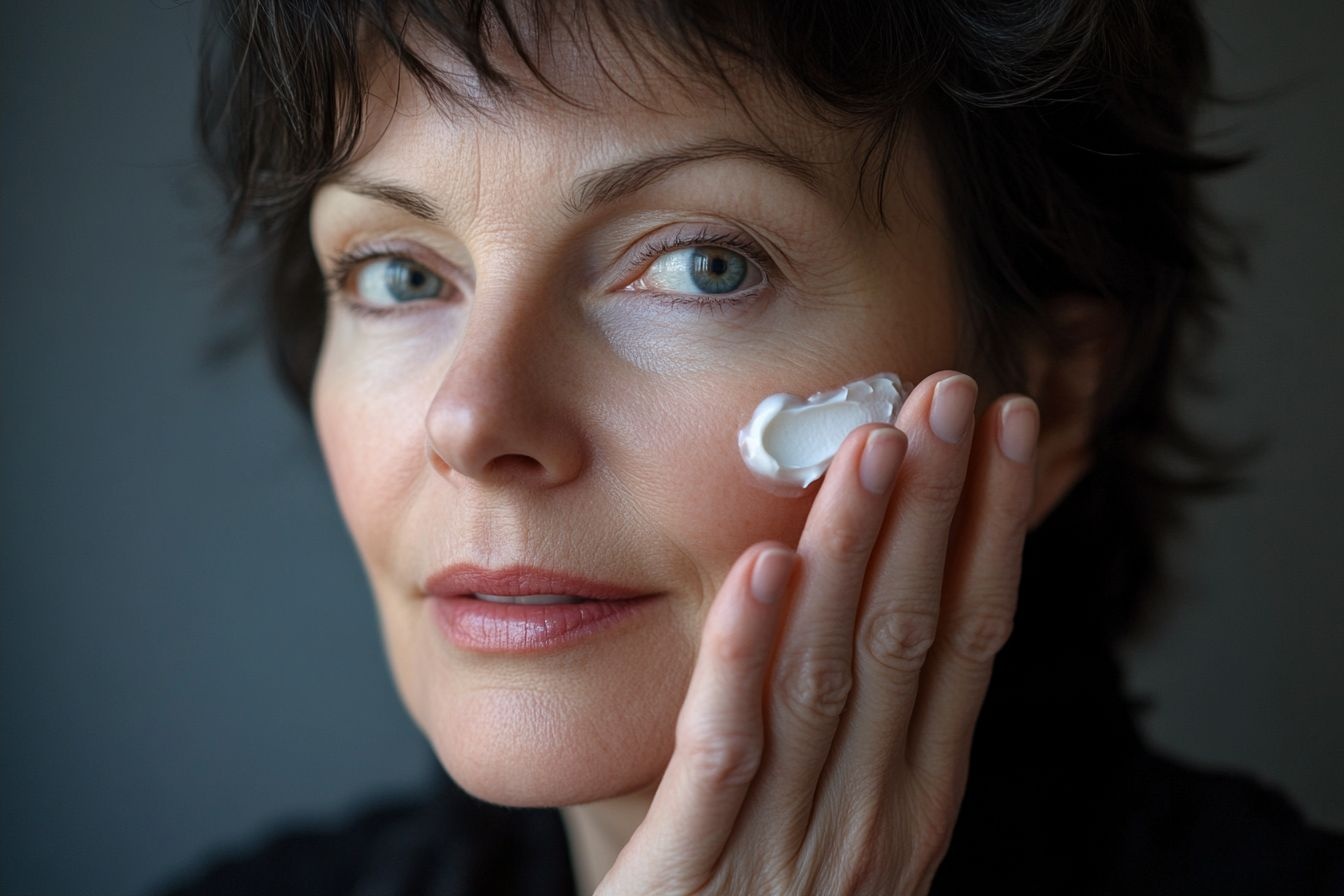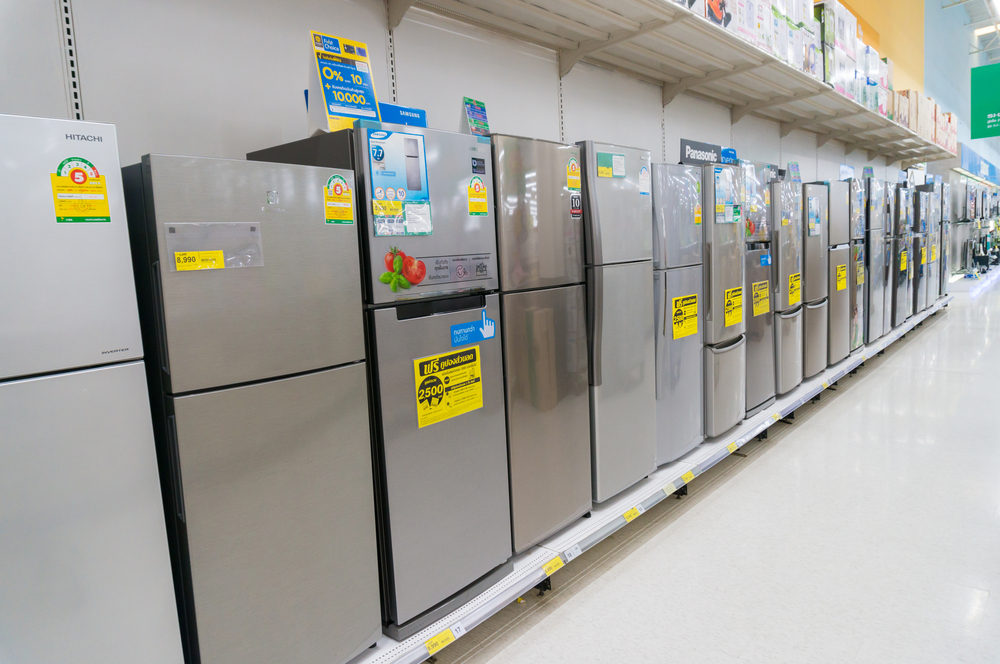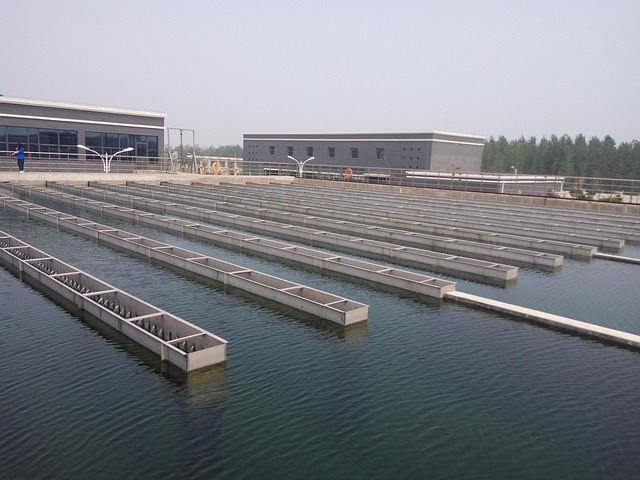Battling Eye Bags: From Causes to Effective Treatments
Eye bags, those pesky under-eye pouches that can make us look tired and older, are a common cosmetic concern for many. These puffy areas beneath the eyes can be caused by a variety of factors, ranging from genetics to lifestyle choices. Understanding the root causes of eye bags is crucial in developing effective strategies to combat them. This article delves into the science behind eye bags, exploring their origins, the latest treatment options, and practical tips for prevention. By examining both traditional remedies and cutting-edge solutions, we'll provide a comprehensive guide to help you achieve a more refreshed and youthful appearance around your eyes.

Genetic and Environmental Factors
While aging is a primary contributor to the development of eye bags, genetics also play a significant role. Some individuals are simply more predisposed to developing under-eye puffiness due to their inherited facial structure and skin characteristics. However, environmental factors and lifestyle choices can also contribute to the appearance of eye bags. Lack of sleep, excessive alcohol consumption, smoking, and a high-sodium diet can all lead to fluid retention and inflammation, making eye bags more pronounced.
The Role of Sleep and Hydration
Adequate sleep and proper hydration are crucial in preventing and reducing the appearance of eye bags. During sleep, our bodies engage in essential repair and regeneration processes, including those that affect the delicate eye area. Lack of sleep can lead to fluid retention and dark circles, making eye bags more noticeable. Conversely, staying well-hydrated helps flush out toxins and reduce fluid retention throughout the body, including under the eyes. Experts recommend aiming for 7-9 hours of quality sleep per night and consuming at least 8 glasses of water daily to maintain optimal eye health and appearance.
Topical Treatments and Home Remedies
Many over-the-counter products claim to reduce the appearance of eye bags, with ingredients like caffeine, retinol, and peptides being popular choices. Caffeine, for instance, can help constrict blood vessels and reduce puffiness, while retinol promotes collagen production and skin cell turnover. Cold compresses, cucumber slices, and tea bags are time-tested home remedies that can provide temporary relief by constricting blood vessels and reducing inflammation. While these solutions may offer short-term improvements, consistent use and realistic expectations are key to seeing noticeable results.
Advanced Cosmetic Procedures
For those seeking more dramatic and long-lasting results, various cosmetic procedures are available. Dermal fillers can help restore volume to the tear trough area, effectively smoothing out the transition between the lower eyelid and cheek. This treatment can provide immediate results with minimal downtime. Laser treatments, such as fractional CO2 lasers, can improve skin texture and tighten the delicate under-eye area. For more severe cases, blepharoplasty, or eyelid surgery, remains the gold standard for removing excess fat and skin from the lower eyelids. However, it’s important to consult with a board-certified dermatologist or plastic surgeon to determine the most appropriate treatment option based on individual needs and goals.
The Impact of Diet and Nutrition
What we eat can significantly affect the appearance of our skin, including the area around our eyes. A diet high in salt can lead to water retention, exacerbating under-eye puffiness. Conversely, foods rich in antioxidants, such as berries, leafy greens, and fatty fish, can help combat inflammation and promote skin health. Vitamin K, found in foods like kale and spinach, is particularly beneficial for reducing dark circles and puffiness around the eyes. Additionally, reducing alcohol and caffeine intake can help minimize dehydration and its effects on the delicate eye area.
The Psychological Impact of Eye Bags
Beyond the physical aspects, eye bags can have a significant psychological impact on individuals. Many people report feeling self-conscious or older than their actual age due to prominent under-eye puffiness. This can affect self-esteem and social interactions, leading some to seek various treatments or remedies. Understanding the emotional toll of this common cosmetic concern is crucial in addressing it holistically, combining physical treatments with psychological support when necessary.
Future Innovations in Eye Bag Treatment
As our understanding of the aging process and skin health continues to evolve, so do the treatments for eye bags. Emerging technologies, such as stem cell therapy and personalized skincare based on genetic analysis, hold promise for more targeted and effective solutions. Research into the role of the lymphatic system in facial aging may lead to new approaches for reducing under-eye puffiness. Additionally, advancements in non-invasive skin tightening technologies could provide more accessible alternatives to surgical interventions in the future.
In conclusion, eye bags are a complex cosmetic concern influenced by various factors, from genetics to lifestyle choices. While there’s no one-size-fits-all solution, a combination of preventive measures, topical treatments, and advanced procedures can help manage and improve their appearance. As research continues and new technologies emerge, individuals will have even more options for achieving a refreshed and youthful look around their eyes. Ultimately, embracing a holistic approach that addresses both the physical and emotional aspects of eye bags can lead to greater satisfaction and confidence in one’s appearance.




